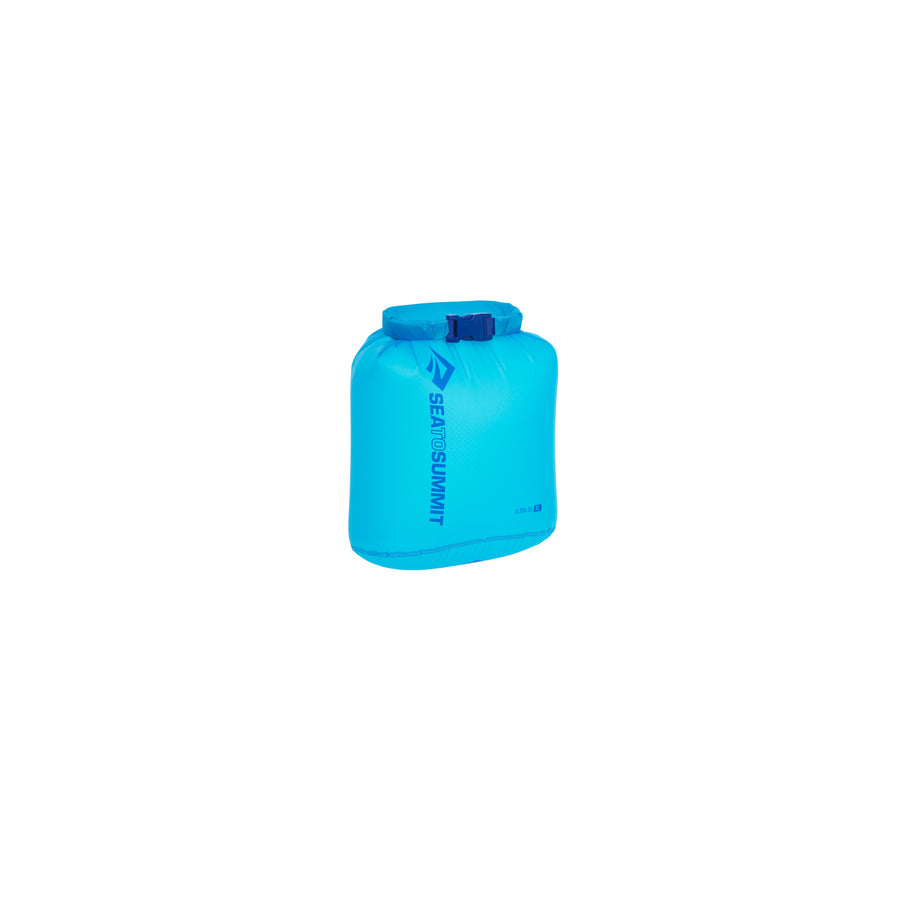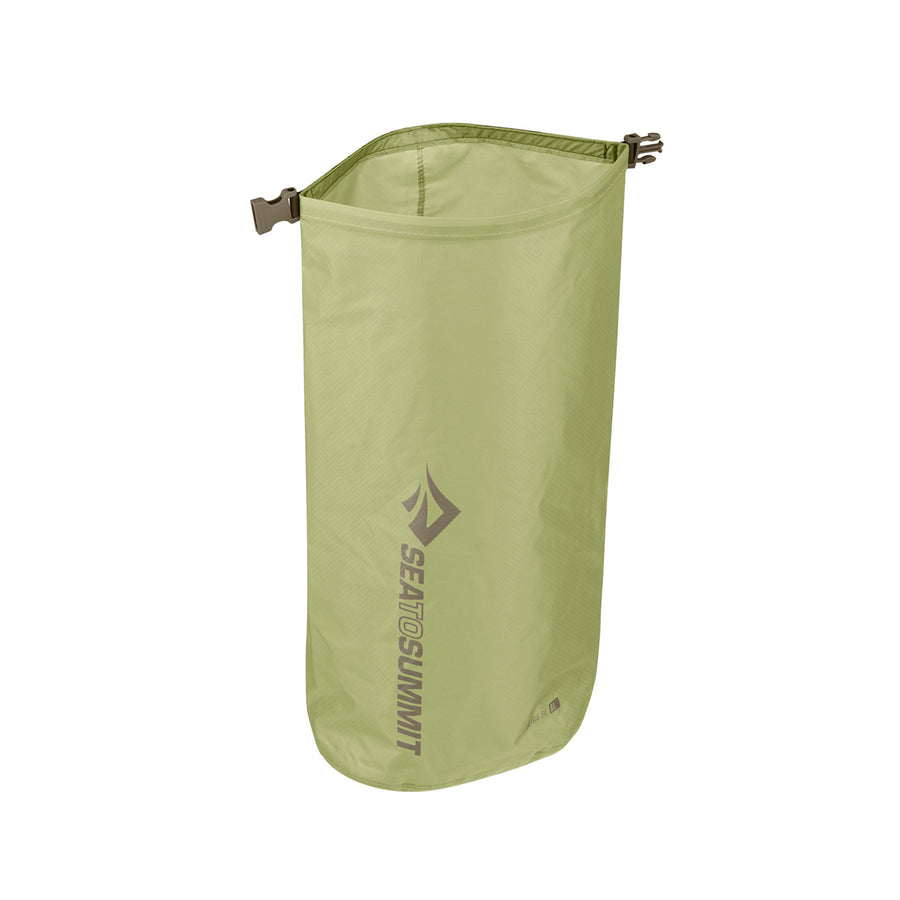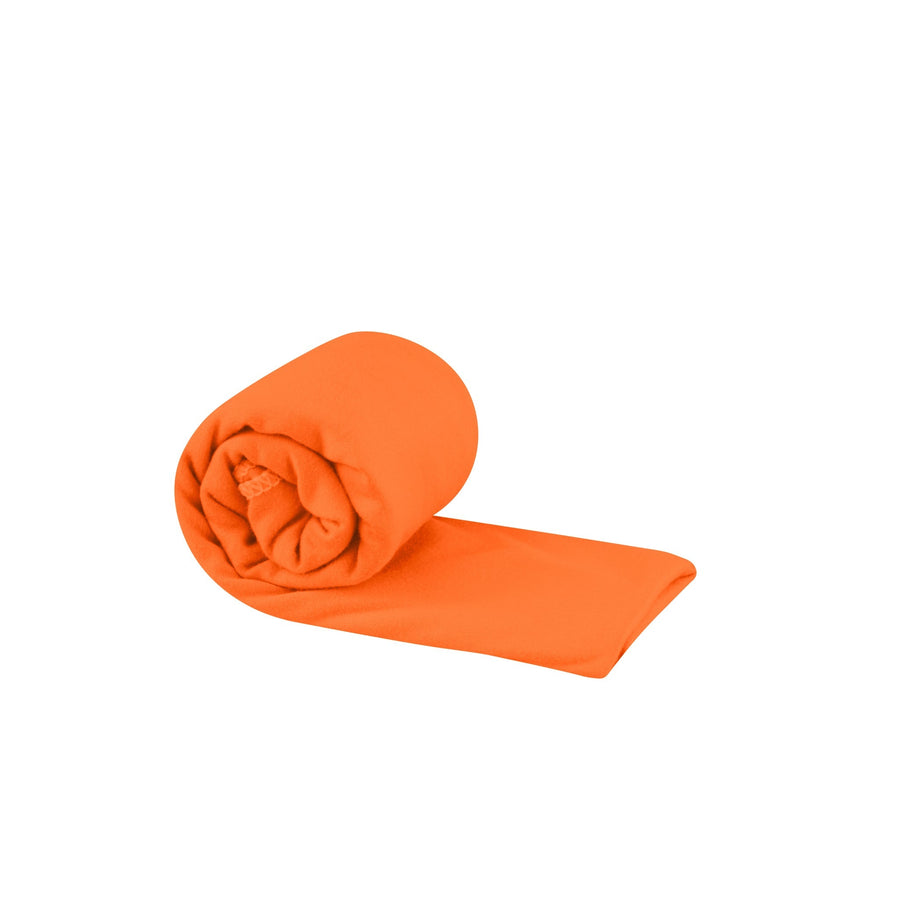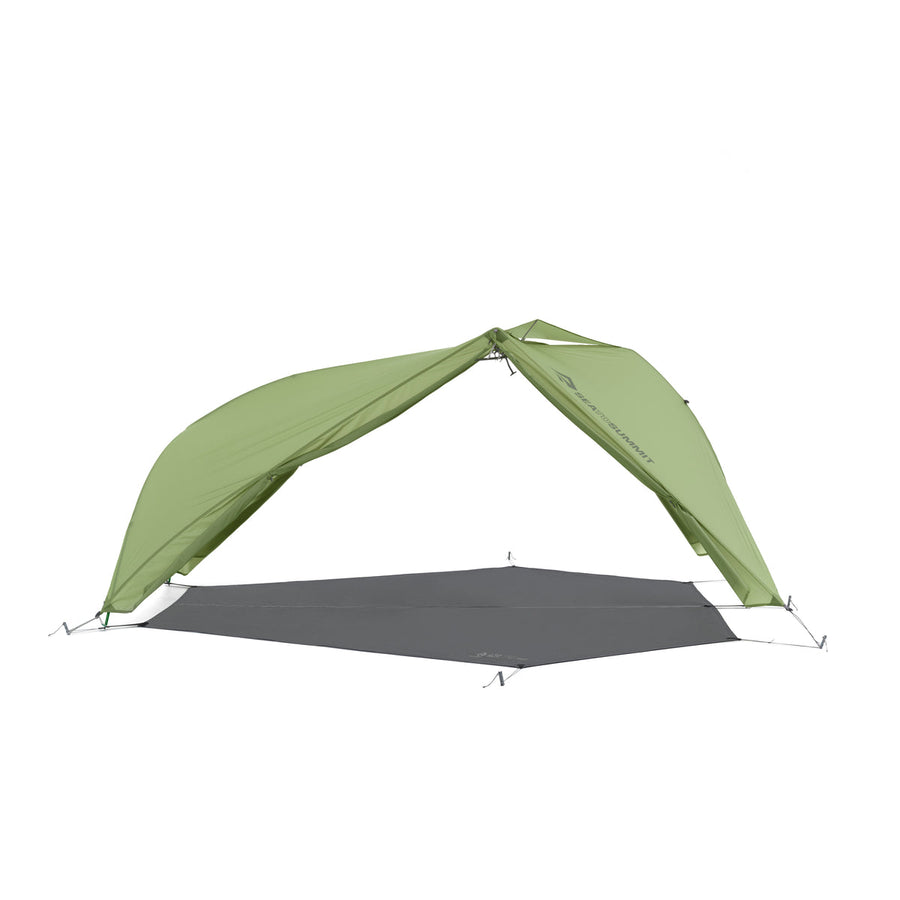Three Tricks for Sleeping Better in Camp
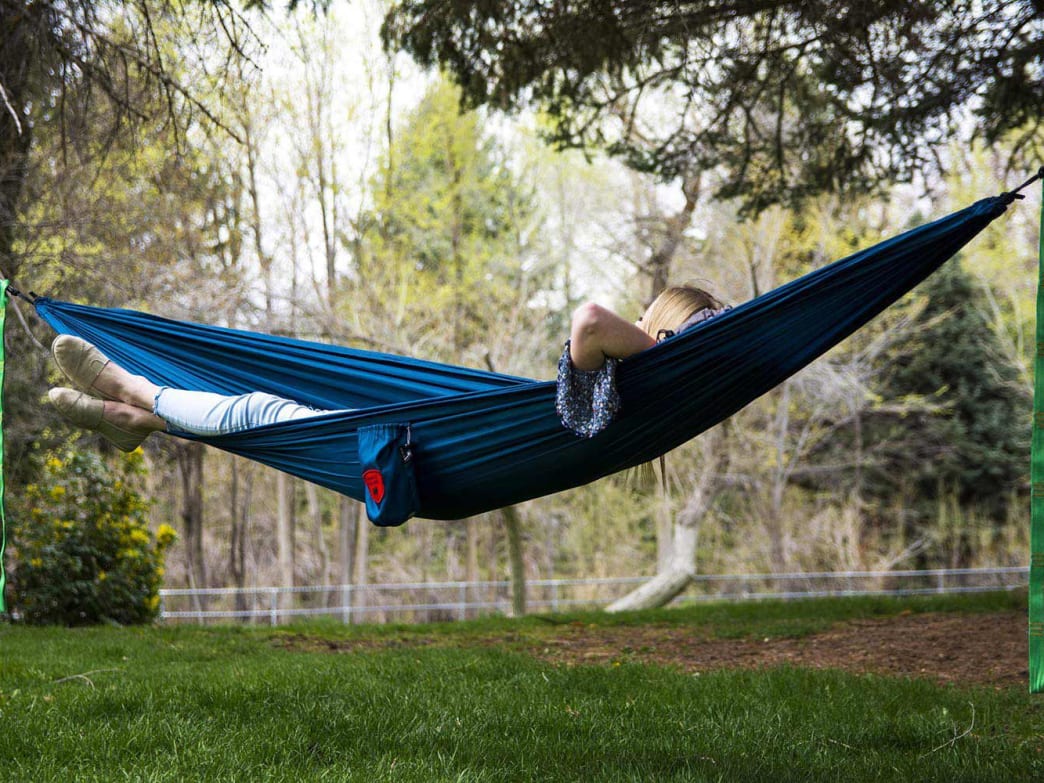
If you’ve ever spent an uncomfortable, sleepless night in camp, you know just how miserable it can be. Every sound seems amplified, every pebble under your sleeping bag feels like a boulder, and your hunting buddy’s snoring can give you homicidal thoughts. But it doesn’t have to be that way. If you really want to get a good night’s sleep in camp, here are three things you’ll need to make it happen.
Sleeping Bag

A quality sleeping bag is one of the most important components to getting a restful night’s sleep at camp. As most campers know, if you can’t sleep in camp, you can’t have as much fun hunting, fishing, or exploring the next day. When choosing a sleeping bag, consider what time of year you will be doing most of your camping. Sleeping bags are rated by how warm and snug they keep you when camping in different temperatures. If you camp mostly during the summer, a 40-degree bag should work fine. But if you are a four-season camper, you’ll be happier with a 10-degree or even 0-degree bag.
Sleeping Pad

A great sleeping bag won’t do you a lot of good if you don’t have an equally top-quality sleeping mat or pad to go under it. That’s because without a good pad, you’ll wake up during the night feeling every rock, twig, or tiny ridge underneath your sleepless body. For car campers, a large, inflatable air mattress that uses an electric pump for inflation will work fine. For the hardcore types who pack all of their equipment to their campsite, an ultralight pad that deflates into a tiny carrying bag makes more sense. Just make sure it inflates to three or four inches to give you plenty of clearance off the hard ground.
Hammock

When camping in decent weather where there are plenty of trees, a good hammock can solve all of your sleeping problems. In fact, some campers would rather sleep in a hammock—whether covered or not—than in a tent in a sleeping bag. The advantage to doing so is less equipment to carry on your back if you’re heading back into the boonies. When looking for a hammock, consider factors like length (it should be at least two feet longer than your height), single or double occupancy, and the accessories you’ll need to suspend it. Note that hammocks tend to be a bit cold during cooler weather, since cold air below can seep up through the material and chill you to the bone. Consequently, they’re most useful in more temperate weather.
Written by The Editors for Field & Stream and legally licensed through the Matcha publisher network. Please direct all licensing questions to legal@getmatcha.com.



